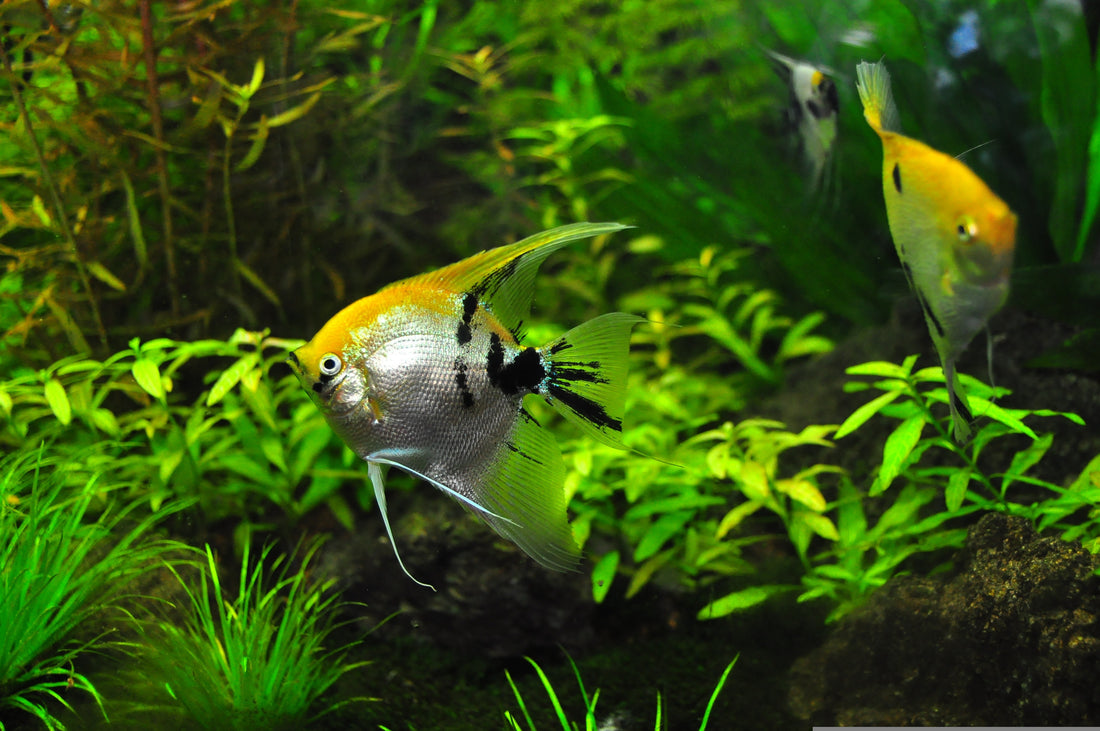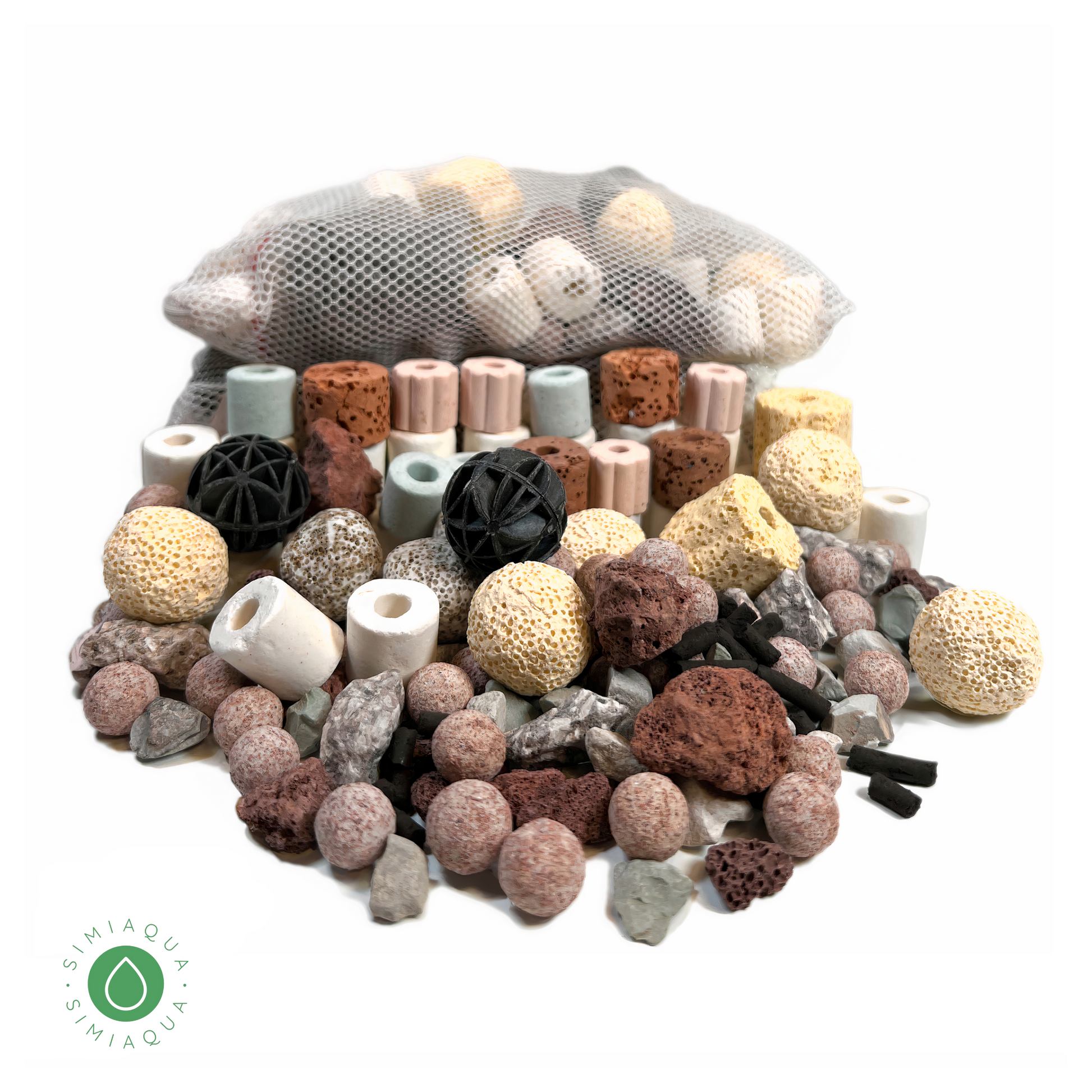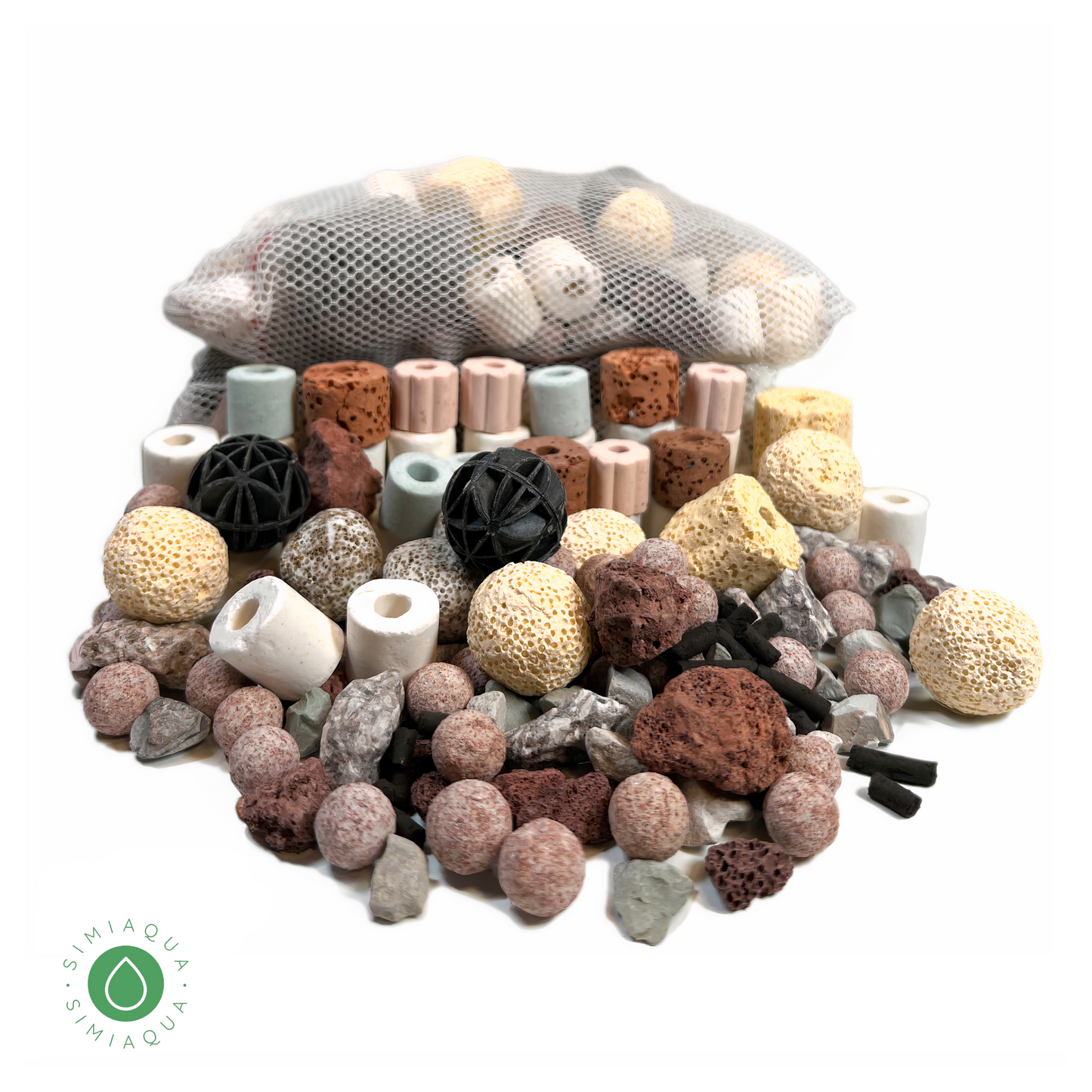
5 Steps to Solve Persistent Nitrite Issues in Your Aquarium
Share
Nitrite issues in aquariums can be frustrating and persistent, but with the right steps, it is possible to overcome them and establish a healthy nitrogen cycle in your tank.
What is the nitrogen cycle?
The nitrogen cycle is a process by which nitrogen compounds, such as ammonia and nitrite, are transformed into less toxic compounds, such as nitrate. In a healthy aquarium, beneficial bacteria in the filter and on surfaces within the tank convert the toxic ammonia produced by fish waste and decomposing organic matter into nitrite. Another type of beneficial bacteria then converts the nitrite into the less toxic nitrate.
Why are nitrite issues a problem?
Nitrite is toxic to fish and can cause serious health issues if the levels become too high. Symptoms of nitrite poisoning include difficulty breathing, lethargy, and a loss of appetite. In severe cases, nitrite poisoning can lead to death.
What causes nitrite issues?
There are a few common causes of nitrite issues in aquariums:
-
Over-cleaning the filter or media: By removing too much of the beneficial bacteria that live in the filter or media, you can disrupt the nitrogen cycle and cause nitrite levels to rise.
-
Not fully cycling the tank before adding fish: When setting up a new tank, it is important to allow time for the nitrogen cycle to establish itself before adding fish. This can take several weeks to a few months, depending on the size of the tank and the number of fish.
-
Overcrowding the tank: Too many fish in a tank can create an excess of waste, leading to higher levels of ammonia and nitrite.
-
Overfeeding the fish: Excess food can lead to more waste production, which can contribute to nitrite issues.
How can I solve nitrite issues?
If you are experiencing nitrite issues in your aquarium, there are several steps you can take to resolve them:
-
Perform regular, partial water changes: This will help to remove excess ammonia and nitrite from the tank, while also replenishing the water with trace minerals and nutrients that are important for the health of your fish. Aim to change about 25% of the water every week.
-
Use a dechlorinator: When adding tap water to your tank, be sure to use a dechlorinator to remove chlorine and other harmful chemicals that can kill off beneficial bacteria.
-
Add a bacteria starter: There are products available that contain beneficial bacteria that can help to establish the nitrogen cycle in your tank. Follow the instructions on the product to add the bacteria to your filter or directly to the tank.
-
Consider adding a sponge filter: Sponge filters provide a large surface area for beneficial bacteria to grow, which can help to establish the nitrogen cycle more quickly.
By following these steps and being patient, you should eventually be able to establish a healthy nitrogen cycle in your tank and reduce the need for adding water conditioners like Prime. Remember, it takes time for the nitrogen cycle to fully establish itself, so be patient and continue to monitor your water parameters regularly to ensure that your fish are healthy and happy.







